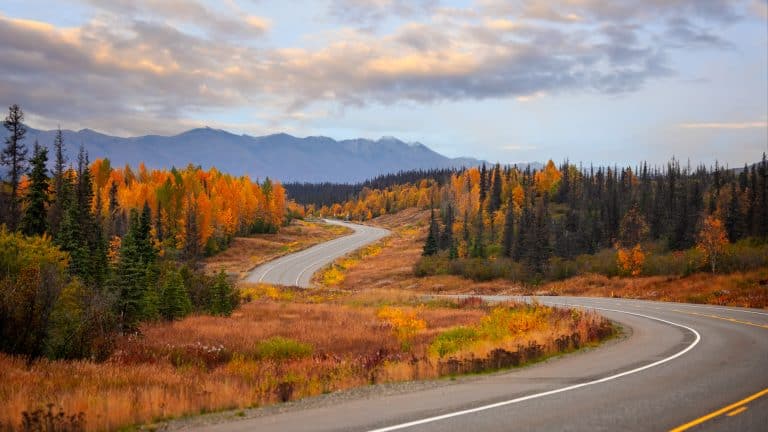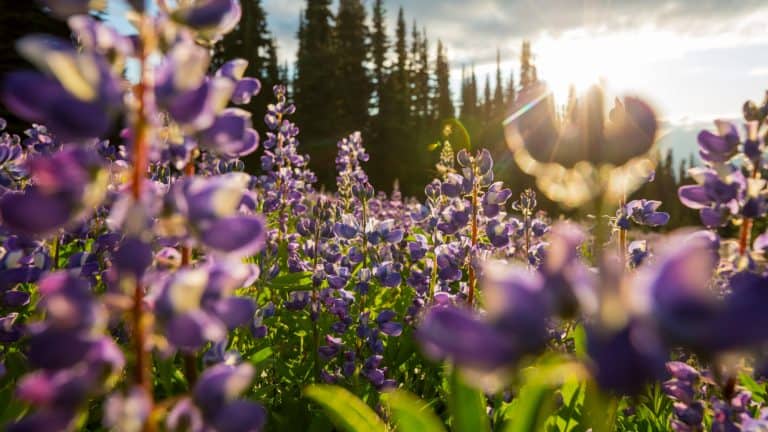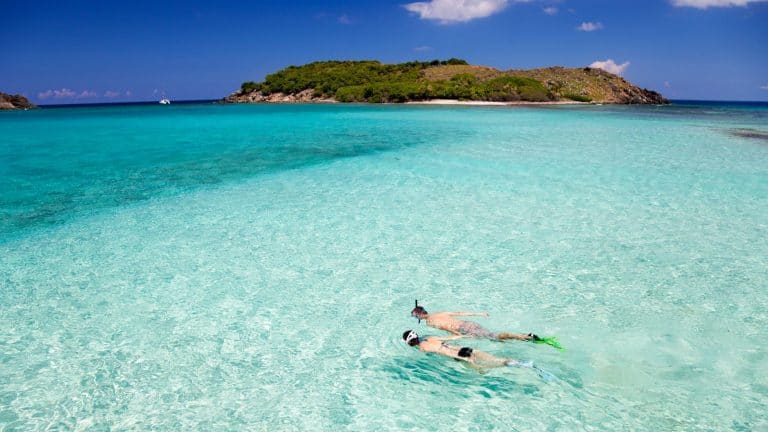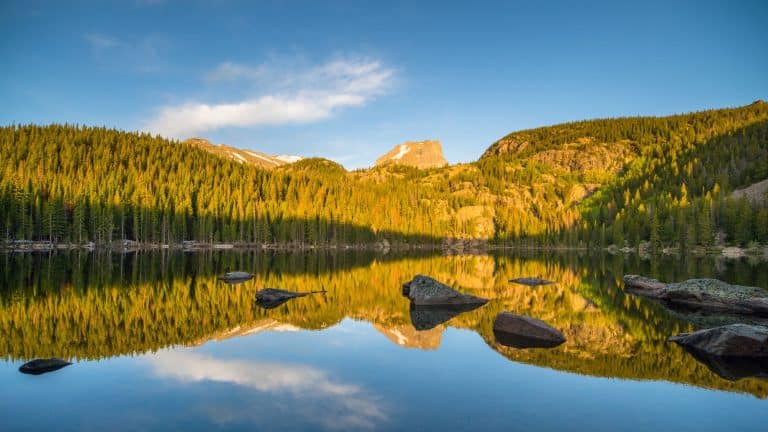Discover Parks & Wildlife contains affiliate links and is a member of the Amazon Services LLC Associates Program. If you make a purchase using one of the Amazon links, we may receive compensation at no extra cost to you. We may also use select AI tools to support our creative process, but all content is reviewed, refined, and finalized by our human team. See our disclosure policy and our AI use policy for more information.
12 Wild European Coastlines That Redefine The Word “Dramatic”
There’s something untamed about Europe’s rugged coastlines that you just can’t find anywhere else. Towering cliffs plunge into restless waves, while endless stretches of sand invite you to kick off your shoes and explore.
These shorelines are alive, teeming with all kinds of wildlife you never expected to share your vacation with. The air carries that unmistakable hint of salt and adventure. And let’s not even start on the sunsets, which know how to put on a better show than any city skyline could dream of.
It’s the kind of wild beauty that makes you feel simultaneously small and invincible, pulling you into the kind of experiences that stick with you long after the tides have rolled back. From rocky promenades to secret coves, every bit of these coastlines brim with untold stories ready for you to uncover.
Cabo De Gata-Nijar Natural Park, Spain
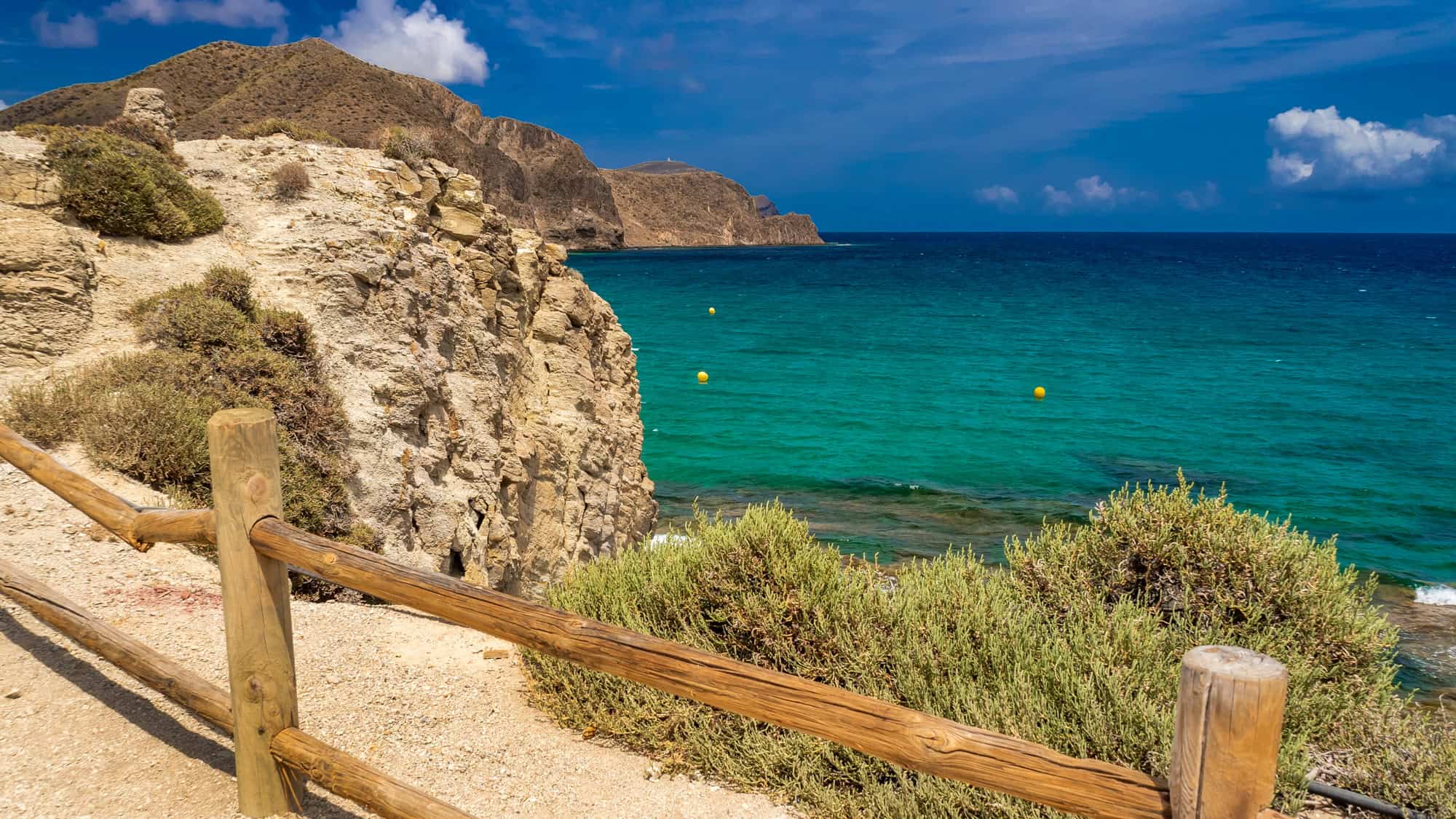
Welcome to Cabo de Gata, where Andalusia’s largest stretch of protected coastline looks like it was carved straight from old lava dreams. Cliffs leap a dramatic 330 ft (100 m) right out of jade waters and gracefully tumble down to beaches of soft, squeaky sand.
Did we mention it’s Europe’s only coastal hot desert? That means searing light, bone-dry air, and a mood that whispers, “Better pack that extra water bottle, pal.” Follow the salt-crusted road to the salt flats, where flamingos strut around.
This migration hotspot is home to over 1,100 animal species… yep, it’s way more crowded than it looks, just with wings and paws instead of beach towels. And trails snake their way through volcanic jewels like Genoveses and Monsul, movie-set-worthy bays where lava formations meet crystal-clear blue that practically begs for a swim.
Jasmund National Park, Germany
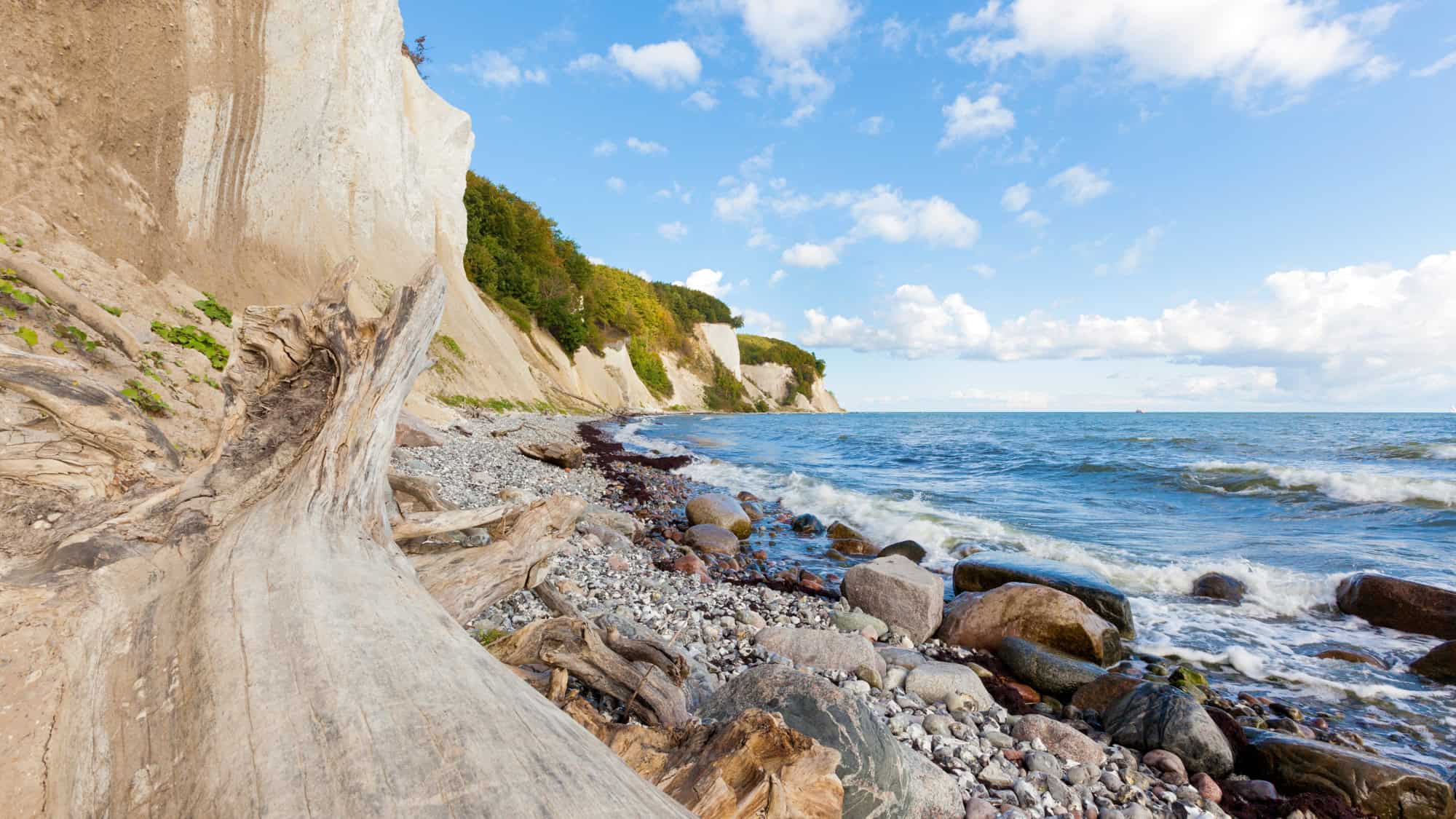
Imagine chalk so stark and bright that it looks like nature’s highlighter. That’s Jasmund’s Konigsstuhl cliff for you, towering 387 ft (118 m) above the Baltic Sea and daring every visitor to stop and stare. On one side, cobalt water stretches to infinity, while on the other, ancient UNESCO-protected beech forests hum with life.
The Hochuferweg trail keeps you right on the edge, with trees to your left and dizzying views to your right (the fence is there for a reason). Keep exploring, and you’ll hit Piekberg, the park’s “peak” at a casual 528 ft (161 m). It’s no Everest, but the serenity of the glowing trunks and whispering leaves will make you forget altitude measurements altogether.
Stacked into this compact park are chalk sinkholes, stone-strewn coves, and the iconic white cliffs that gleam dramatically at sunrise while gulls squawk the soundtrack. Show up early and keep walking past the usual stops to find guaranteed peace.
Cape Wrath, Scotland
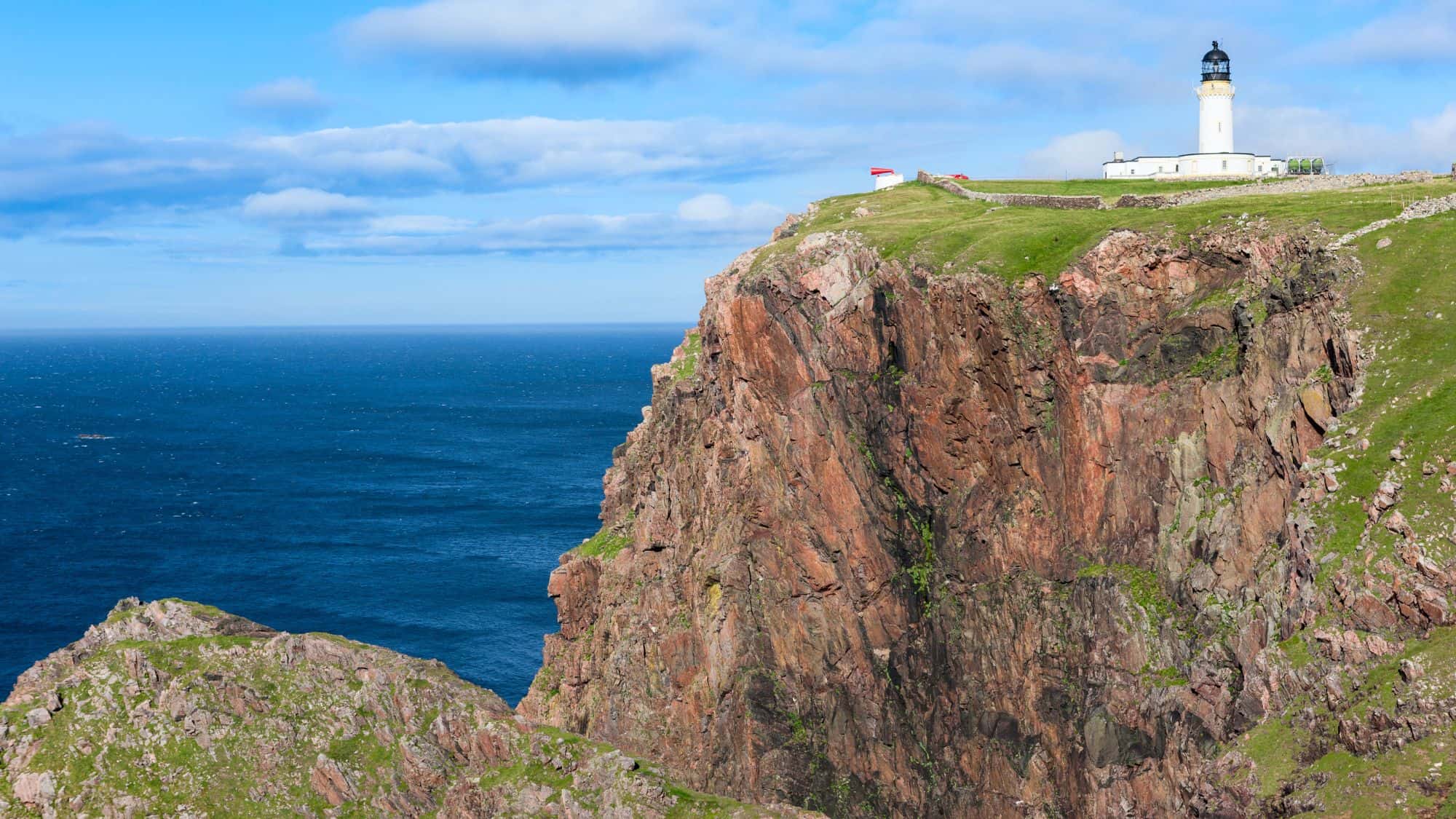
If Scotland’s map had an emotional finale, it’d be here. Cape Wrath is where mainland Britain calls it quits, in a crescendo of cliffs, gneiss, and sandstone. At nearby Clo Mor, those cliffs pummel straight up to 921 ft (281 m), and every spring, over 50,000 seabirds squabble for real estate.
Guillemots, razorbills, puffins; it’s basically a feathered free-for-all. And the ocean winds may look serene, but plot twist: this spot is all about mood, with spray spiraling off the rocks like smoke from some ancient cauldron.
Getting to the edge of everything? That’s half the fun. Think little ferries, a rickety moorland bus, and a firing range schedule that sometimes tells you, “Nope, try again tomorrow.” But when the stars align and you make it, you’re rewarded with endless sky, raw stone, and waves smashing cliffs so hard it sounds like they’re auditioning for a post-rock band.
Lofoten Islands, Norway
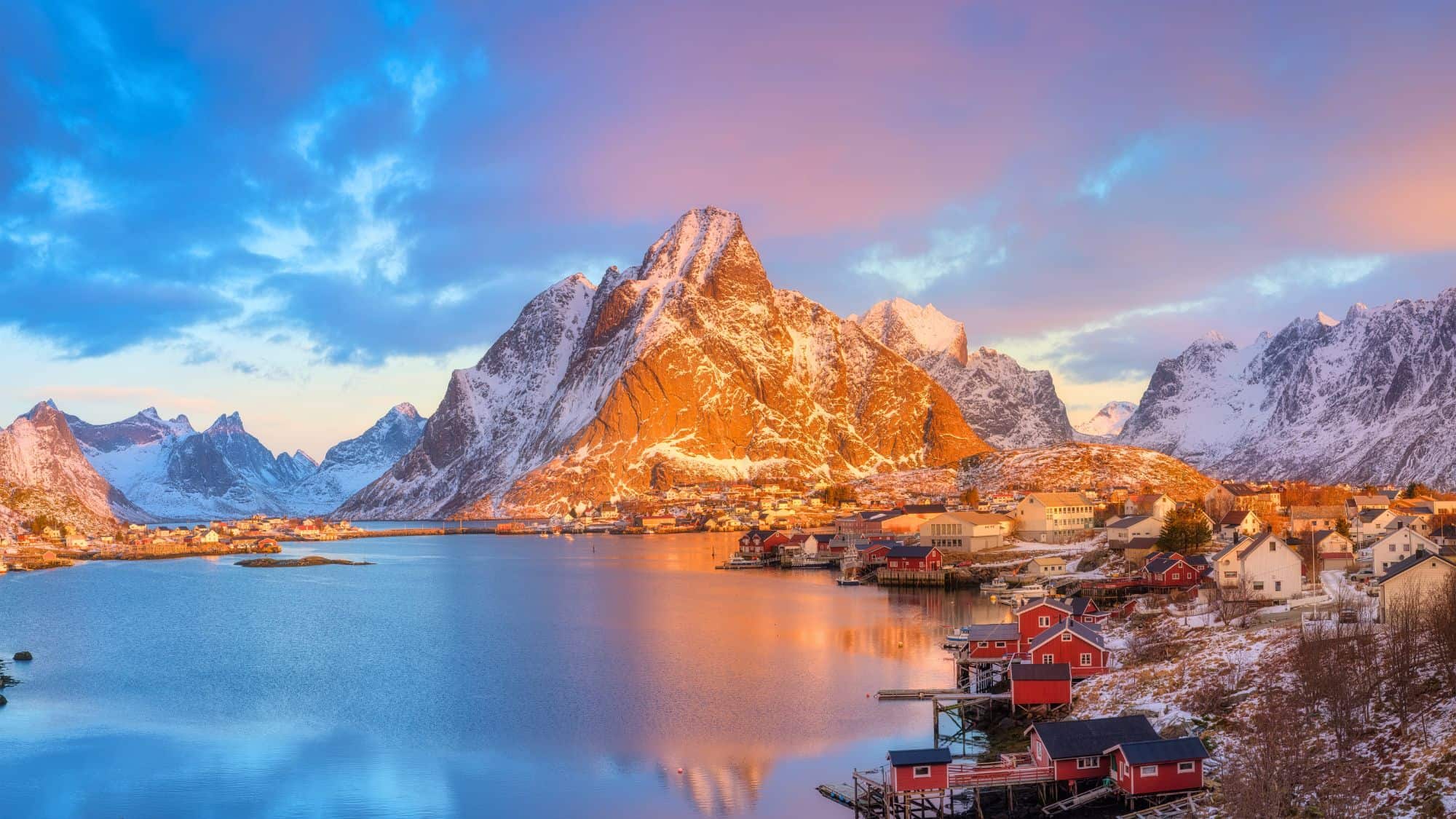
Mountains with soggy boots. Beaches so white, you’ll double-check for flour bags. From late May to mid-July, the midnight sun shows off, turning 2 a.m. into golden hour and making sleep an optional afterthought. Then winter flips the script, kicking on the aurora as the solar wind dances across the sky.
January to April? That’s skrei cod season, when harbors hum with boats, drying racks creak under the load, and locals churn out stories salted with sea air. And eagles ride fjord breezes like lazy kites while whales occasionally glide through… reminding everyone the ocean floor’s not that far away.
Villages smell like stockfish, salt, and maybe a hint of coffee someone miraculously kept hot all day. And the light? Total trickster. You’ll chase it everywhere, armed with a camera.
Praia Da Marinha, Portugal
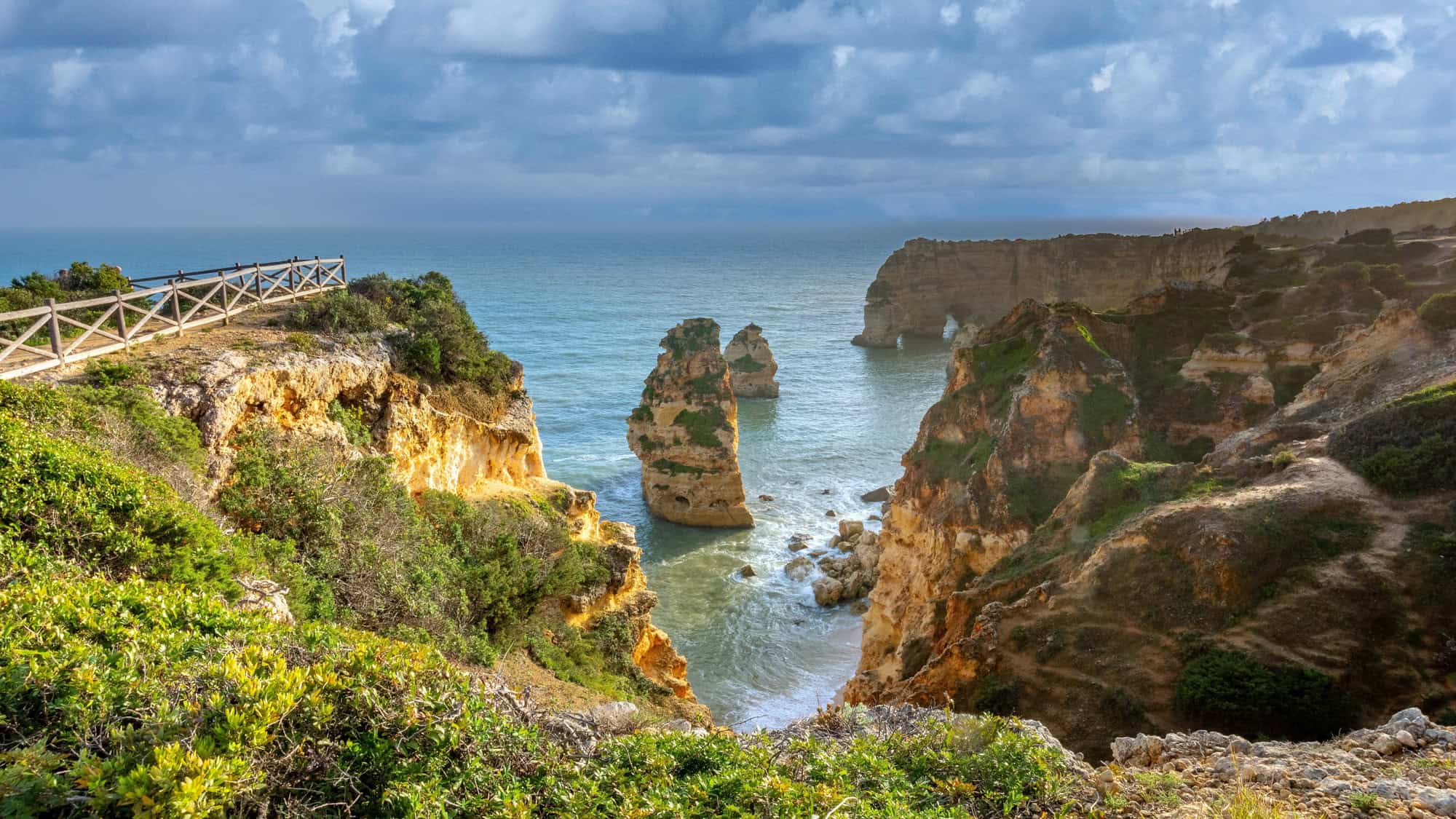
Honeycomb cliffs and turquoise water lanes; yep, it’s just as dreamy as it sounds. Praia da Marinha owes its postcard fame to the iconic double sea arch lounging on its west side. Plus, who can resist a cliff-top trail that hooks into the Seven Hanging Valleys?
Down the stairs, you land in a cove where the sand squeaks like it’s brand new, and the water’s so clear you’ll spot wrasse casually inspecting their rock gardens. On calm days, kayaks glide under the arch, but low tide is the jackpot moment. Everything feels a little larger, quieter, and less paparazzi-central.
Also, that “heart” cliff angle everyone’s obsessed with? Totally real, you just gotta stand in the right spot. Pack a snorkel mask, toss in some snacks, and, for the love of travel karma, don’t flirt with the edges.
Isle Of May, Scotland
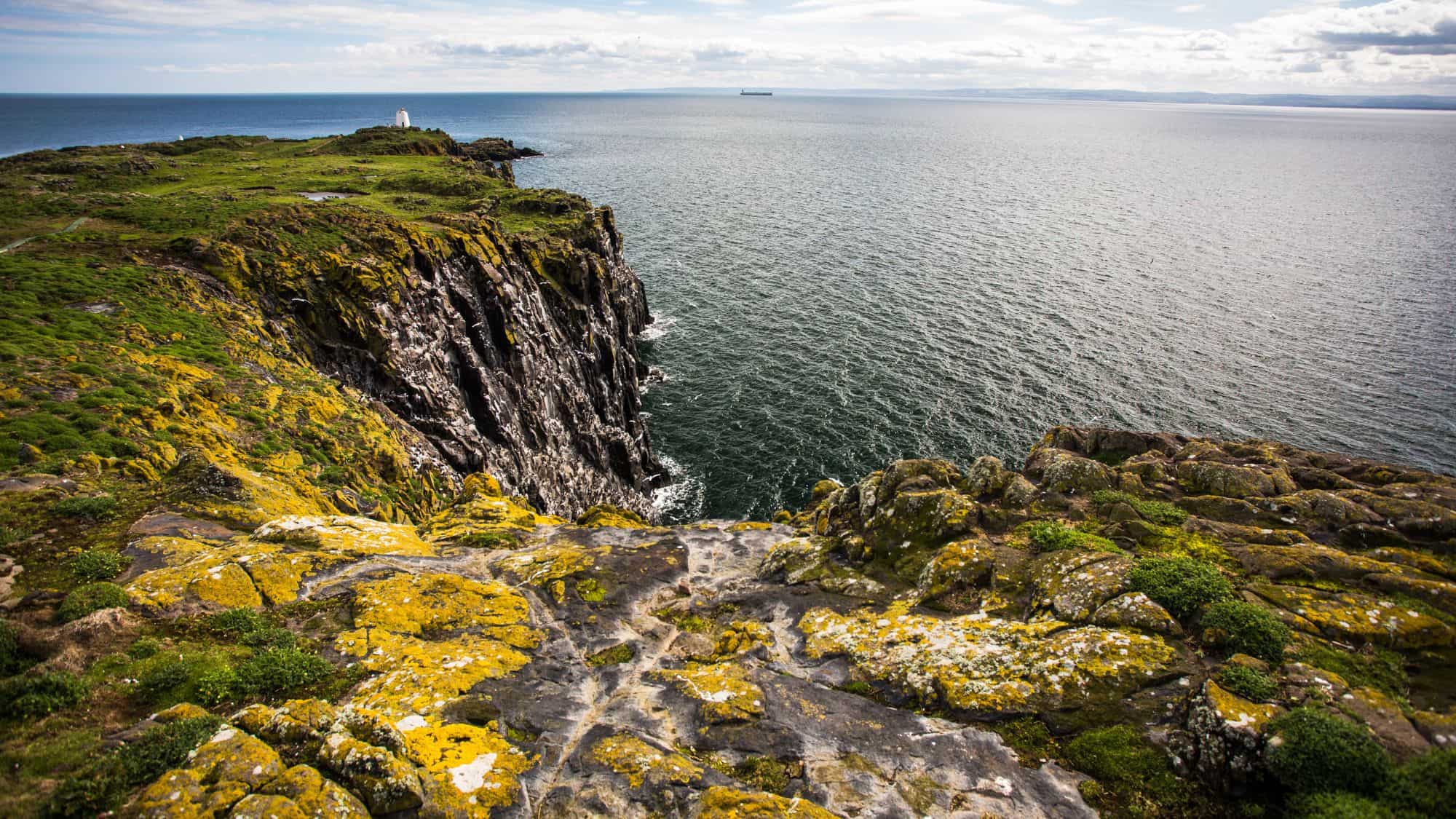
Small island, big drama. Come summer, the Isle of May transforms into a seabird rave, with around 52,000 puffins calling the place home (as of the last census). Out in the shallows, gray seals roll around like they own the joint, turning full mom-mode in the fall when they turn out about 2,000 pups.
You’ll wander paths that thoughtfully keep humans away from puffin burrows, while wardens play referee for this wild, feathery circus. Want to visit? Boats run out of Anstruther and North Berwick if the seas are in a good mood. Expect salt spray in your face and guillemots bickering like old neighbors.
Pro tip? Stop, truly stop, and take a moment. Your heart rate might just match the rhythm of the cliffs. It happens.
Cliffs Of Vixia Herbeira, Spain
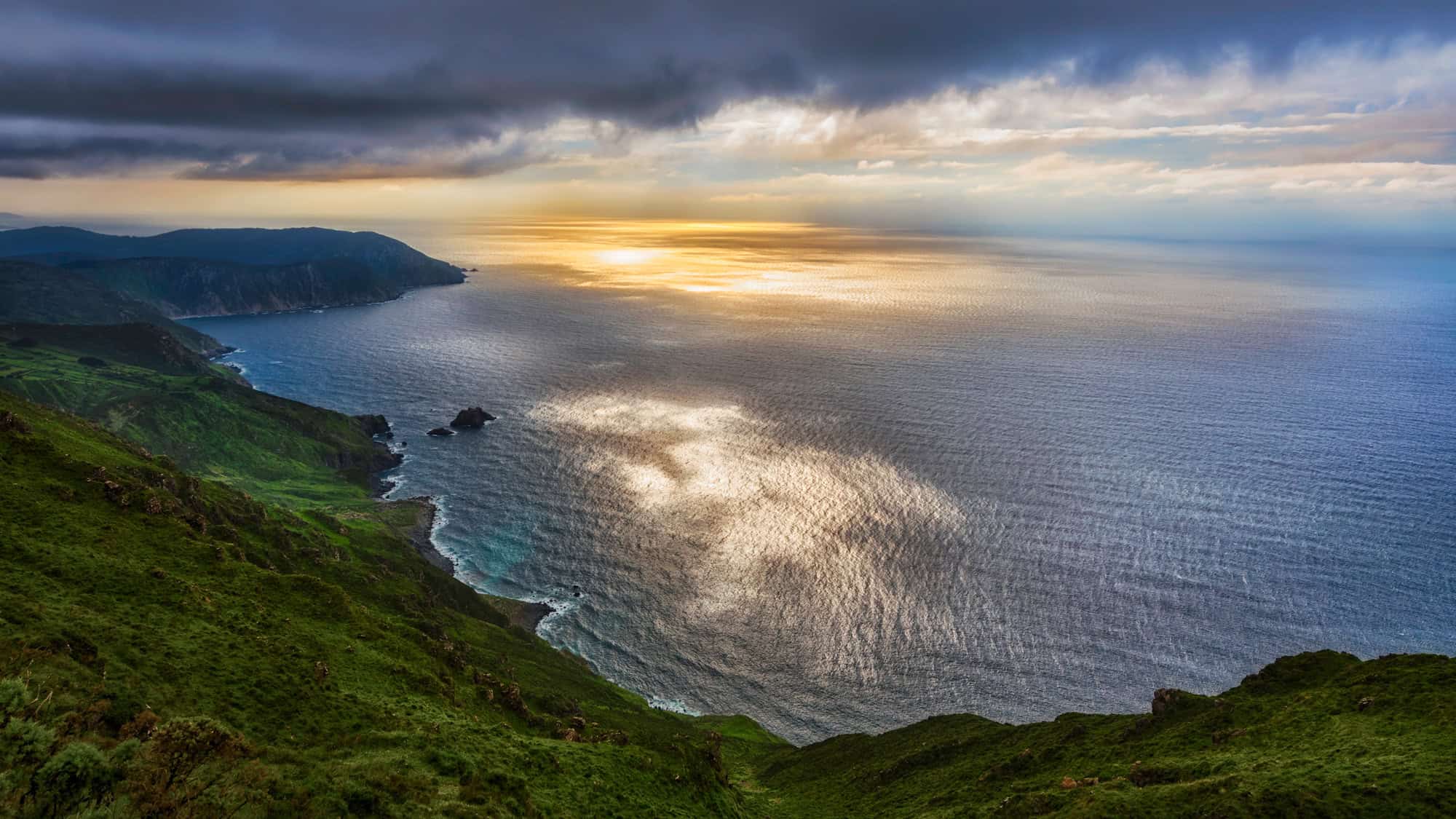
Altitude meets the Atlantic in all its feral glory. At 2,018 ft (615 m), the ridge around Vixia Herbeira delivers views (and wind) that’ll launch your hat into orbit. The stone lookout, Garita da Herbeira (built back in 1805), still stands guard over this epic drop and tells you this perch has been doing spy duty for centuries.
On clear days, you’re treated to a coastal panorama stretching from Ortegal to Santo Andre de Teixido; on foggy ones, well, good luck spotting your own hand… the microclimate plays by its own rules.
If you’re lucky, you might spot horses grazing the plateau like it’s their own private club. Bring a jacket, ignore what your hair’s doing, and keep a safe distance unless you fancy a closer-than-planned meeting with the Atlantic.
Curonian Spit, Lithuania & Russia
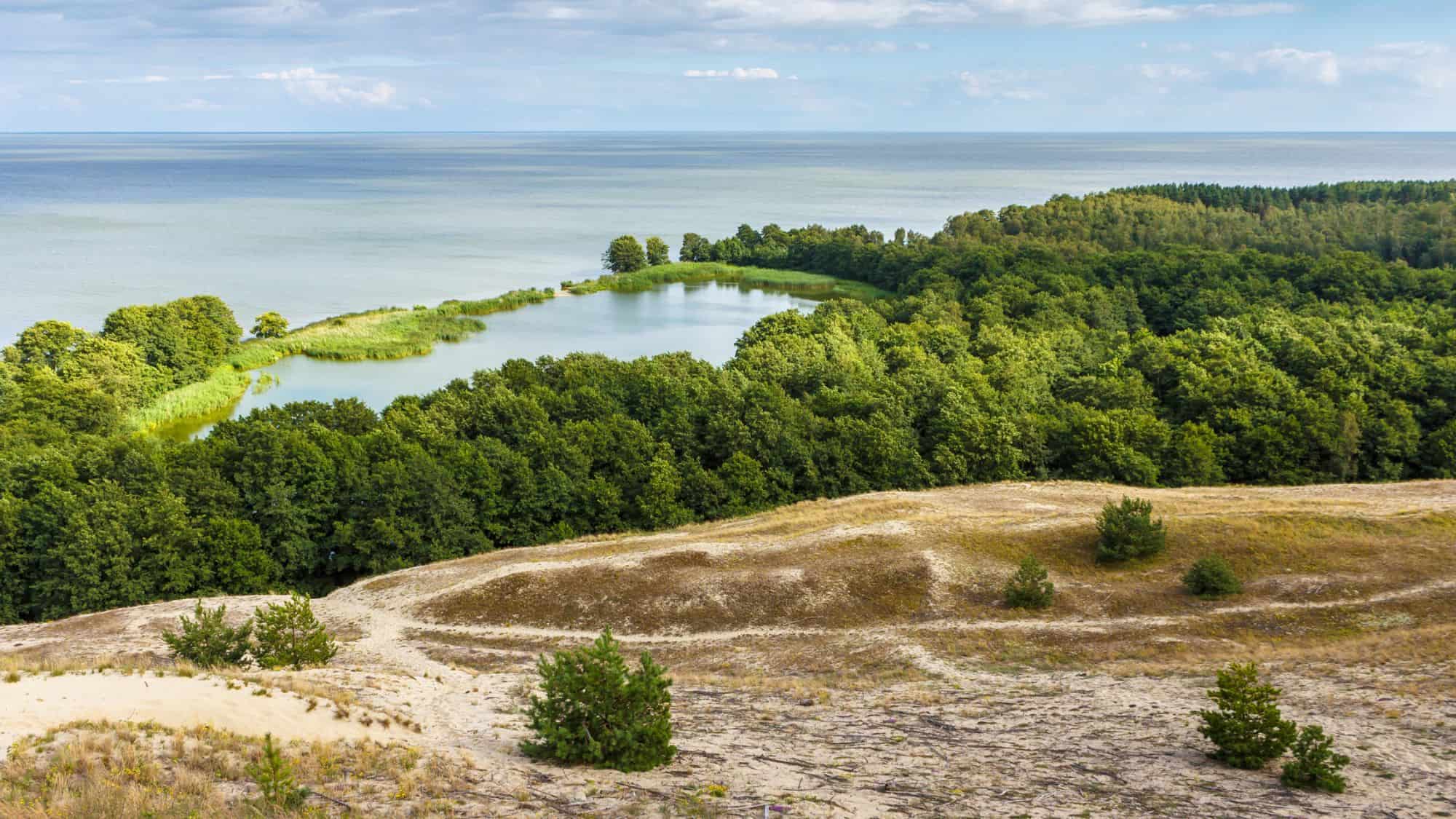
A 61-mile (98 km) ribbon of sand that’s basically holding back the Baltic like a stubborn gatekeeper. That’s the Curonian Spit. Here, dunes drift up to around 197 ft (60 m) tall, casually rearranging the landscape while forest patches cling to the ridges and sleepy villages hunker down out of the wind.
On one side, you’ve got the open Baltic Sea, loud and brash, just doing its thing. On the other, there’s the Curonian Lagoon, soft, smooth, and downright poetic when the wind decides to take a break. And this UNESCO site hides a deep human history buried beneath its constantly shifting sands.
Oh, and did we mention it’s the place for bird watching? Spring and fall bring 10–20 million birds through this flyway. So expect to see enough binoculars on the trails to launch a spy movie.
Azores, Portugal
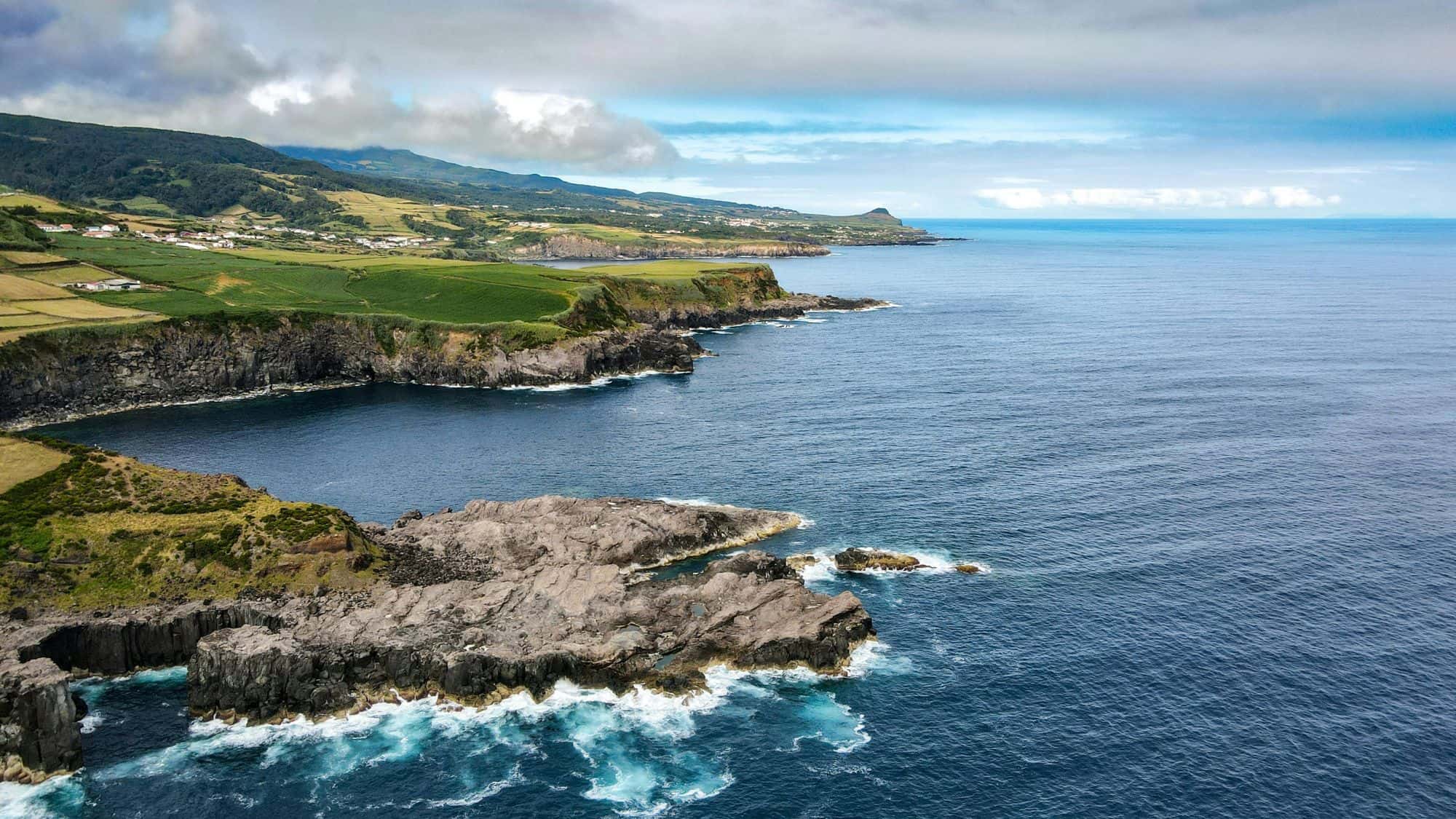
Nine volcanic dots scattered across deep Atlantic waters, and guess what? The ocean is rolling out the red carpet for marine life. With at least 28 cetacean species recorded here, the Azores boast about a third of the world’s whales and dolphins.
Spring is your golden ticket for spotting blue whales, while the calmer summer seas play host to dolphins and resident sperm whales. Adding some old-school charm to your marine safaris, local spotters in lookouts (called vigias), still direct boats to the action like maritime matchmakers (using a combination of sharp eyes and pirate-style radios).
For land lovers, the islands fill the gaps between whale-watching trips with dramatic cliffs, lava grottoes, and hydrangea-lined lanes. And believe it when we say the views alone are worth the trip.
Cliffs Of Sangstrup & Karlby, Denmark
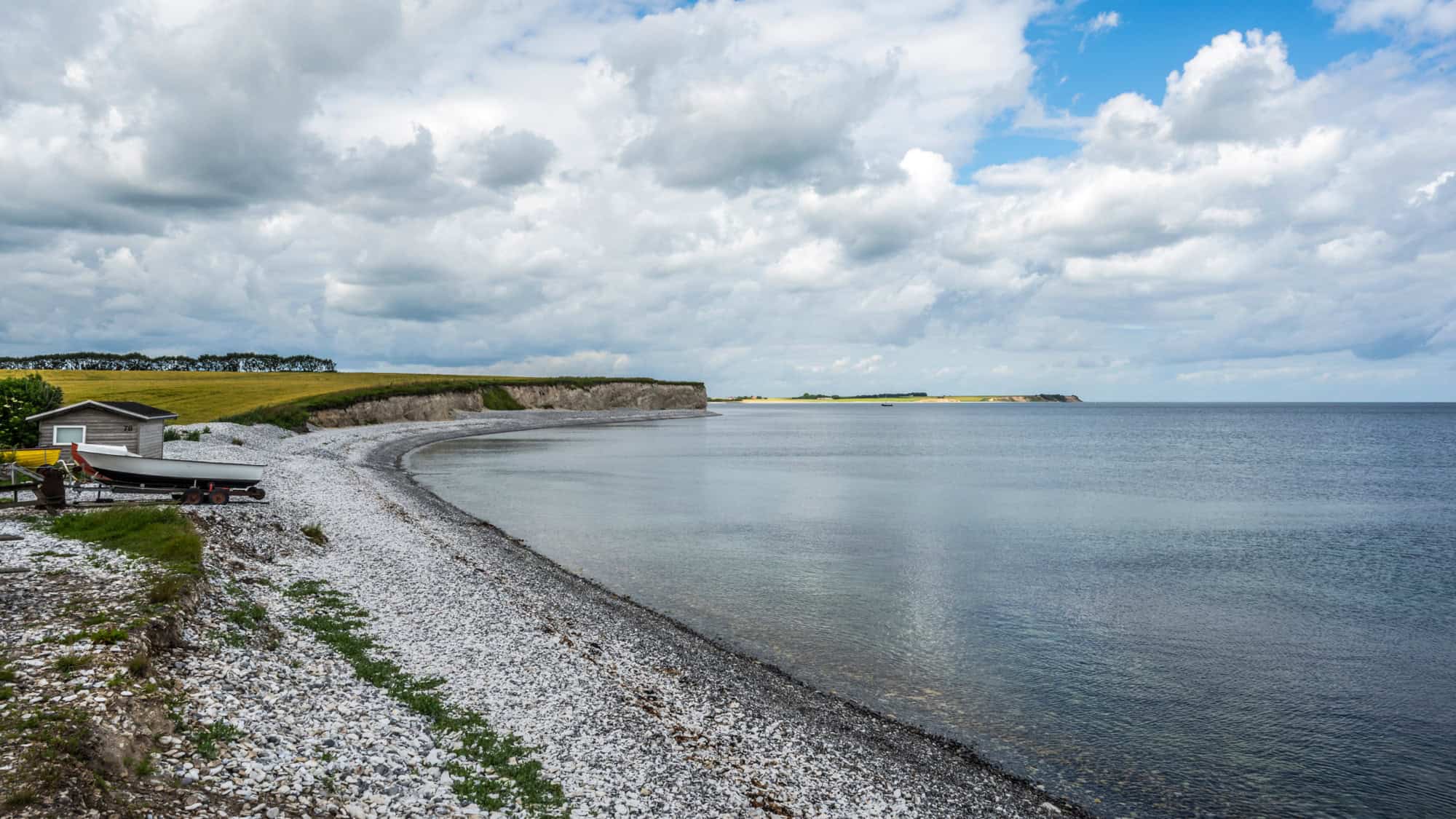
These 56-ft (17 m) limestone cliffs mark the edge of a coral reef from 65 million years ago. Fancy that. Packed with fossilized treasures and flint nodules, storms occasionally knock new slabs free, revealing just the right treats for curious eyes. Think sea urchins, coral bits, and occasionally a quick history lesson… courtesy of WWII cannonball scars dimpled into the cliff faces.
Stretching about 3.1 miles (5 km) along the Kattegat coast, the Cliffs of Sangstrup & Karlby are perfect for a slow, meditative fossil hunt. No hammer required; the cliffs have already done the hard work for you. Gloves might come in handy, though.
For a family-friendly adventure without breaking a sweat, this spot is an easy win.
Sefton Coast, England
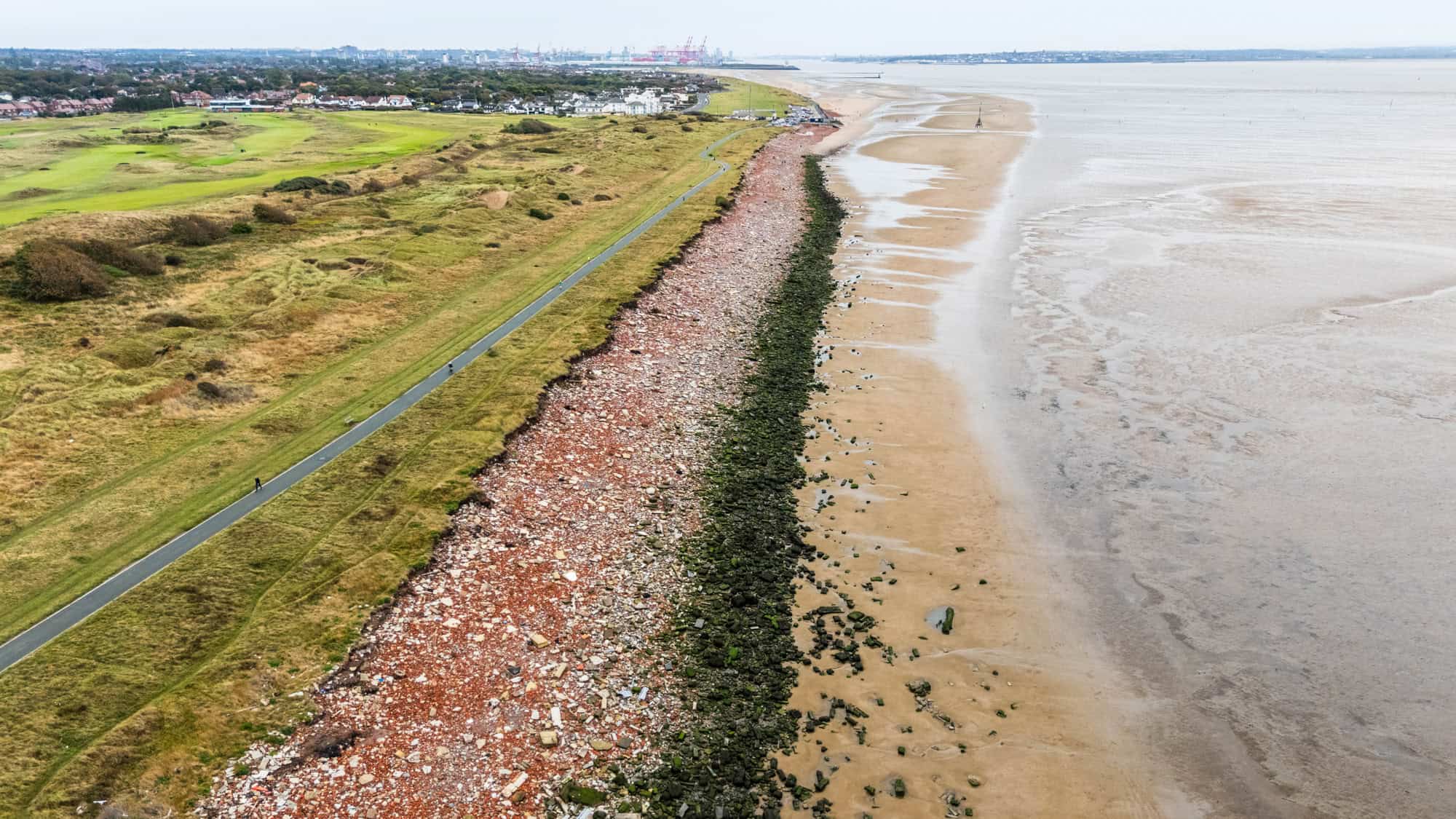
Soft power meets natural charm on England’s edge. Spanning 12 miles (20 km) of dynamic dunes, pinewoods, and tidal flats, this coastal landscape somehow combines a “wild atmosphere” with an “almost urban” convenience.
The air hums to the chirpy rhythm of natterjack toads on spring nights, and in the pines, red squirrels are still thriving, keeping those cute little espresso eyes on alert. Crosby’s shoreline sculptures (iron men guarding the south) add some human drama, while Formby delivers towering dunes with a side of pine shade.
Head to Ainsdale for calmer settings, or just walk along as the salt tangs your breath and sandy shoes become your acceptable new norm. On still evenings, the flats act like mirrors reflecting the sky as you wonder if this is the closest you’ll get to stepping into a painting.
Wild Atlantic Way, Ireland
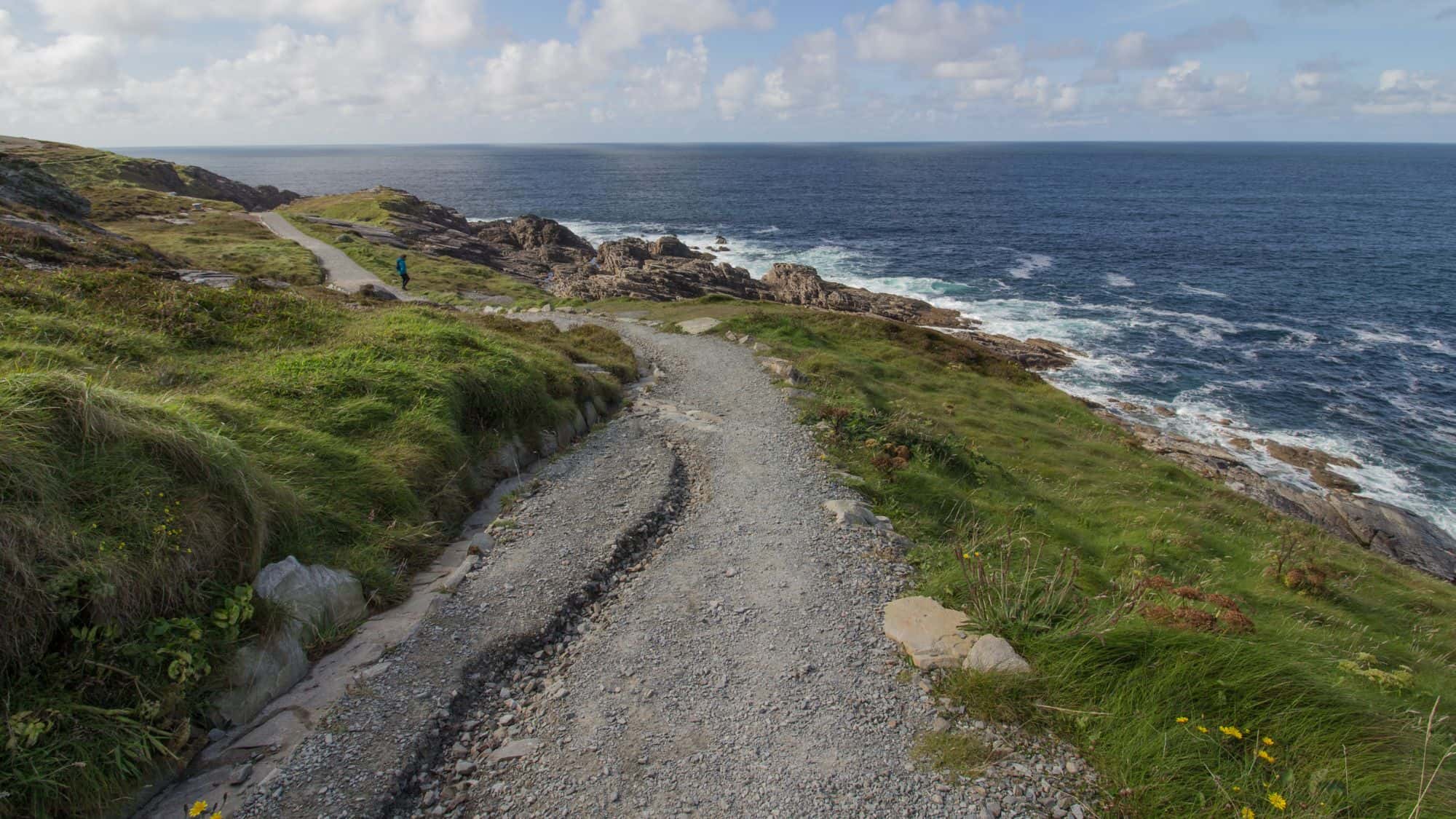
This isn’t just a road trip; it’s 1,600 miles (or 2,600 km if you’re feeling metric) of jaw-dropping views and incessant “wow” moments. The Wild Atlantic Way snakes along Ireland’s rugged western edge and is neatly sliced into 14 stages, perfect for those of us who like plans but don’t always stick to them.
What will you see along the way? Sea cliffs taller than your imagination (hello, Slieve League), the moon-like karst landscapes of the Burren, and peninsulas that dead-end at charming little lighthouses. One minute you’re trudging through bogs, wishing you’d waterproofed everything, and the next, you’re perched on a cliff, watching choughs dance on the updraft like feathery acrobats.
Villages pop up just when you start dreaming about hot chowder and fresh brown bread (don’t worry, they’ve got you covered). Then it’s back to windblown hair, sea spray in your face, and a constantly shifting horizon that seems determined to make you weepy. Rainbows? Pretty much guaranteed. Wind? Oh yeah, pack that sturdy jacket. Smiles? They come free with every patch of blue sky that cracks through.
Like Our Content? Follow Us on MSN (or click the Follow Button above) for more from Discover Parks & Wildlife.
15 Astonishing Natural Rock Formations That Defy Belief
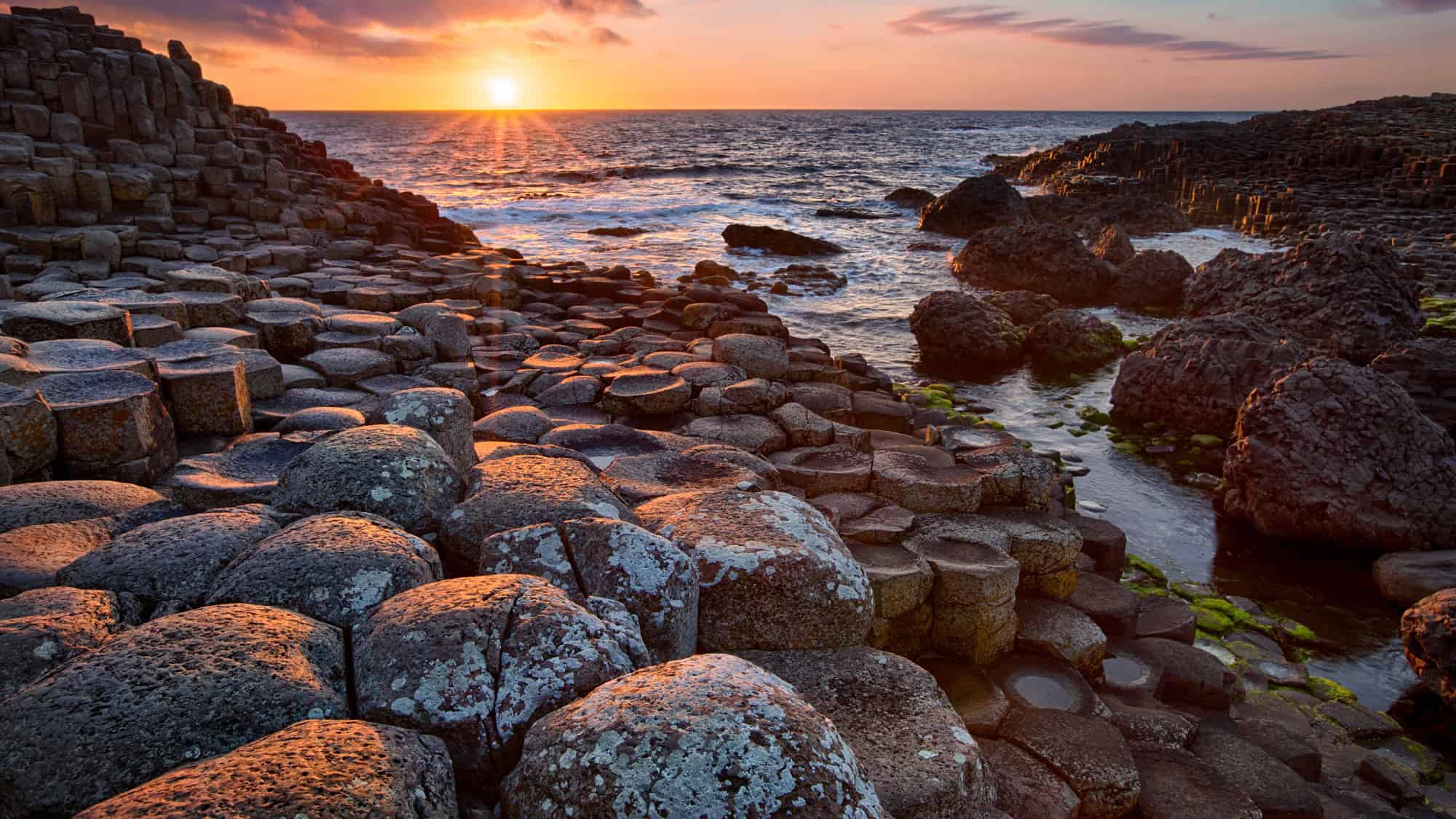
Prepare to have your mind twisted like a pretzel as you explore mind-blowing rock formations that look like nature was inhaling sand and exhaling pure magic.
12 Volcanic Wonders You Can Actually Walk On

Take a stroll through a smoldering landscape that’s more than a little fiery. Who wouldn’t want to tiptoe across nature’s hot plates and feel like a contestant on a daring survival show where the ground could literally be lava?
12 Natural Wonders You Have To See To Believe
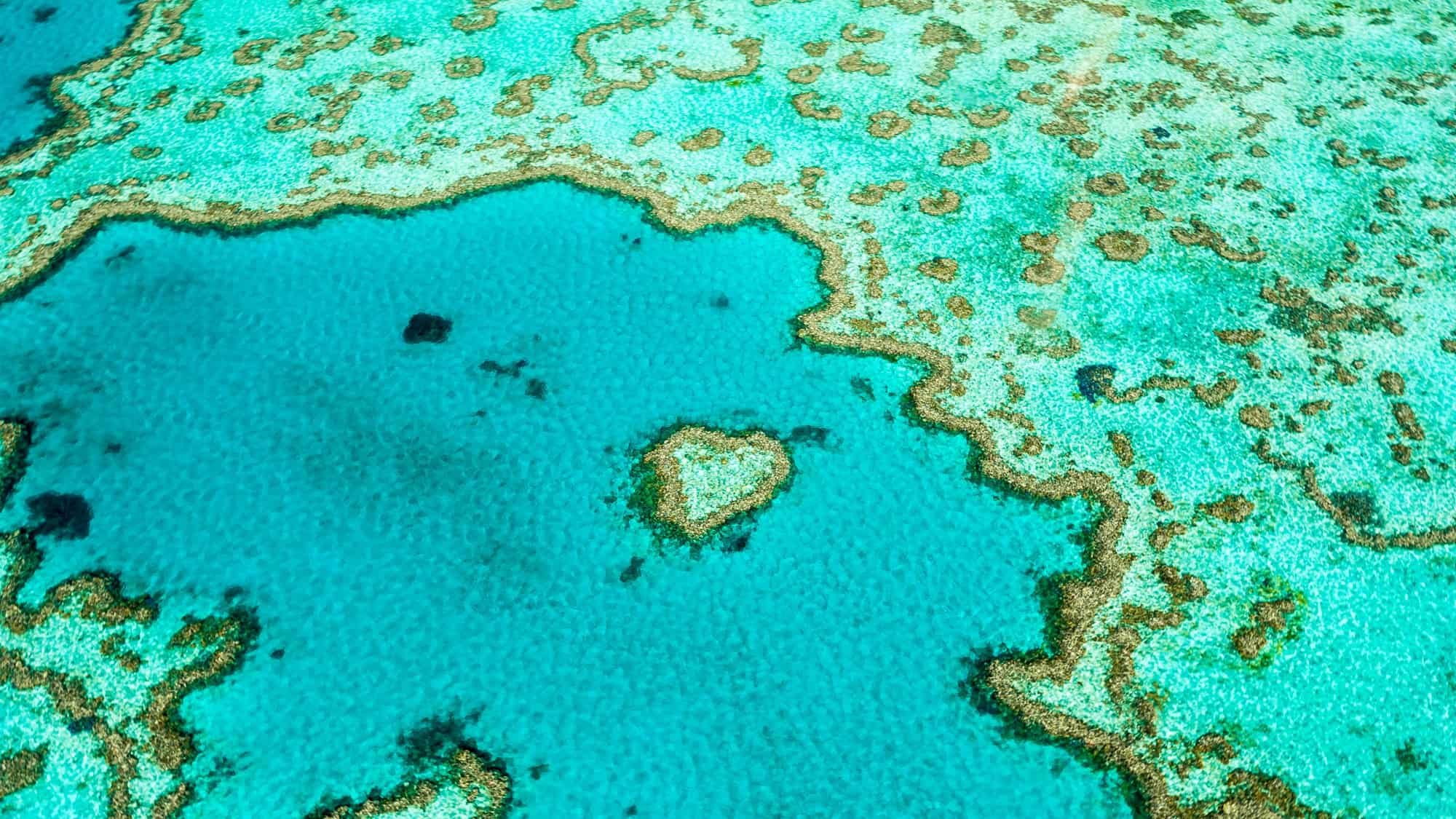
Get ready to have your mind spectacularly blown as you embark on a whirlwind tour of natural wonders so jaw-dropping that they’ll make your social feed look like it’s been all dressed up with nowhere to go.


